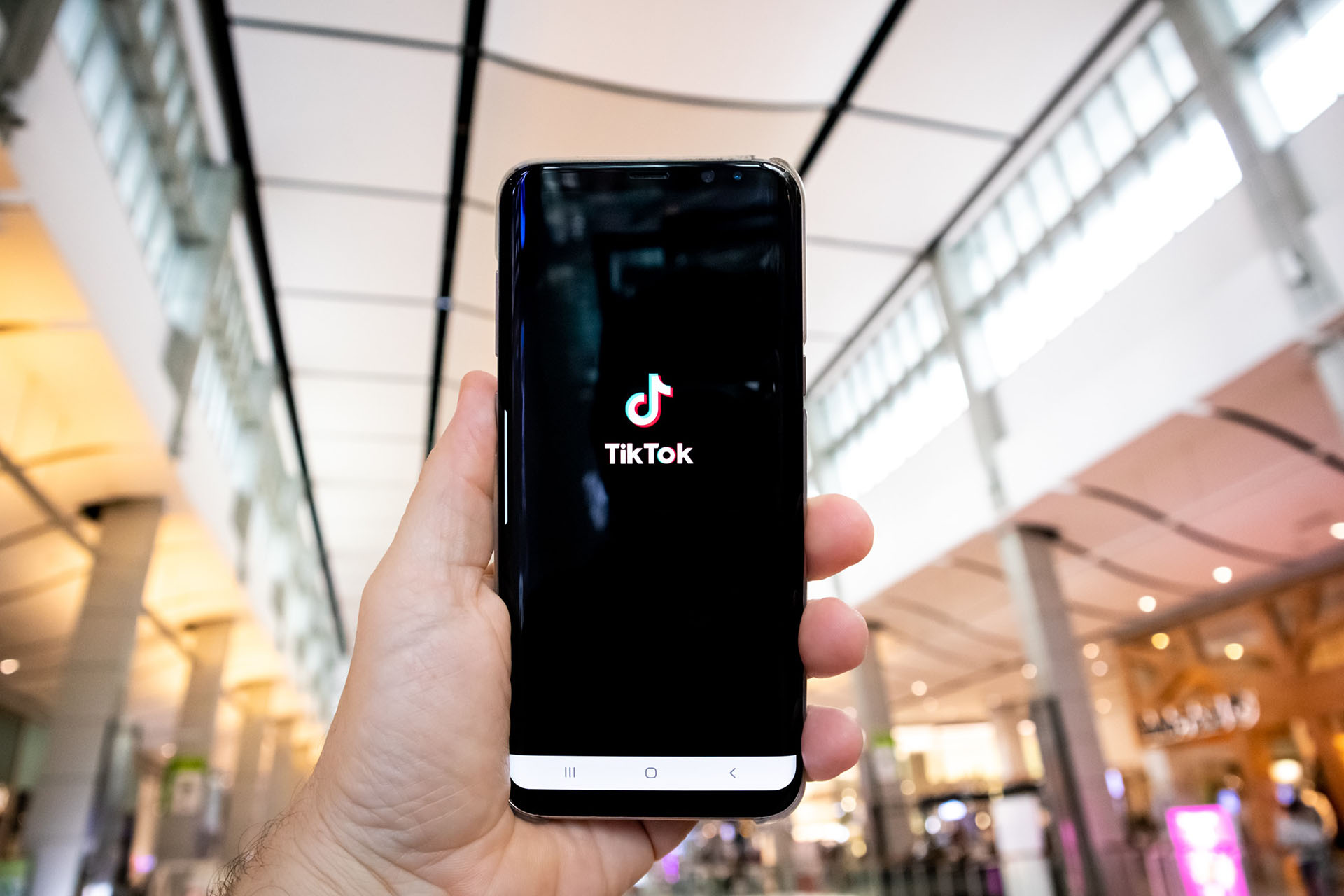Put your growth on autopilot
GrowSurf is modern referral program software that helps product and marketing teams launch an in-product customer referral program in days, not weeks. Start your free trial today.
2024 is coming at us like a runaway freight train, and with it a whole host of new trends in education marketing for you to consider. The key to keeping the marketing of your education program fresh and forward thinking is to consider these trends, not just once they have emerged but before they begin. In that way, you’re able to get the jump on your competition, grow your business and scale your platform in a manageable way.
That said, the world has become a fairly unpredictable place. With the global events of 2022-2023 beginning to calm down (they write tentatively), we might have something more of foresight, but it’s still worth noting that we live in a volatile, messy world that could change everything we know at the drop of a hat. Some of these previous events have shifted the way that we complete marketing activities on a temporary basis, others have changed how we work forever.
Amongst the new developments in the education marketing sphere is the growth of referral marketing as the largest growing, highest converting form of marketing available to most businesses. By leveraging your own customer base, getting them to do a lot of the outreach and social marketing for you, you’re able to access markets, groups and individuals you wouldn’t otherwise have been able to. Not only that, referral marketing just works. The referrals that are made are between friends, families and colleagues, the trust in your company is already implied and shared through the person doing the referral. Definitely a trend to watch, partake in and become an early adopter of.
These are our top picks for the coming year. Our advice would be to read and absorb each of them, think about your own education platform, and choose those which you think will work best and then adapt it to fit alongside your current methods.
Many of you might be rolling your eyes at the sight of the word TikTok and thinking that it’s absolutely not for you, but please read on and understand the power that this (not so) new platform has for your business.
Whenever a social media platform develops it relies on advertising to grow and survive, after all they’re not doing this out of the goodness of their hearts. They are businesses too. And TikTok currently sits at over 2.5 billion downloads, and 1 billion active users. You can’t believe that absolutely none of your target audience are there. The reality is that in order to make social media marketing worthwhile you have to be able to specifically target your audience, otherwise you’re wasting money on too broad a set of people. TikTok allows you to do this and you can serve:

Right now, TikTok is a fairly expensive platform to advertise on. Generally speaking, you’ll find that the adverts are from major brands targeting as many people as possible regardless of demographic. Smaller businesses might not be able to enter the market at this level, but we’re talking about trends for 2022, TikTok is growing as a platform quickly and that means appealing to wider advertisers.
As alluded to above, referral programs are already the largest growing form of marketing within the educational sector and look to continue in that direction for some time to come. Leveraging the power of referrals within your student network can massively increase your user base with a relatively small amount of work from you and your team. The real legwork is in the initial setting up of the platform, integrating it into your tech stack and creating a campaign. Referral program software like GrowSurf make this process simple and minimizes headaches during the initial stages. And once launched, the majority of the process is automated meaning that an element of your marketing, and therefore your growth, is put on autopilot.
You might be wondering what a referral marketing campaign looks like in practice. Let’s say that you run an online learning platform offering Microsoft Courses where subscribers pay on a monthly basis. If one of your subscribers refers their friend they receive a reward when someone signs up. This is usually an incentive such as a free month, a gift card, a voucher or a coupon. You might even create a referral scheme where the person signing up receives an incentive too (such as their first month free or a percentage off). That’s just one example of a referral scheme but there are many more referral program examples for you to explore.
So we’ve already covered the rise of Tikok and how it could change the face of your marketing world but what about those social platforms that you might be more familiar with? Take Instagram for example, their latest addition, Instagram Reels, is acting as a direct competitor to TikTok by, basically, mimicking their style and approach to content.
Chances are that your education business is already well established on Instagram and whilst short form video content might not be your usual style, it’s worth having a go on a platform that you’re already au fait with. The question is whether Instagram Reels will be able to actually compete with TikTok or if they’ll be no match for the beast that TikTok has become.

You might see SEO and consider skipping on to the next trend, SEO isn’t exactly news, nor an emerging trend. But what is changing is the focus on local SEO for education establishments, especially those with physical locations.
The reason for increased local SEO? We’re coming out of a global pandemic that obliterated many opportunities for international students and made the local market the only market for many people. Who knows if/when we might face a similar situation again. Preparation for situations like this by dominating local search is a tactic that will pay dividends in the future. Not only because it’ll be a desirable market for you to have access to, but it might become your only market for a while…
In complete contrast to the above (we did say that the world is unpredictable at the moment), more and more countries are moving towards digital health passports. With the ever increasing rollout of the vaccines against COVID-19, we’re seeing more and more countries opening up their borders and allowing international travel both inside and out. But, the majority of these countries come with the stipulation that it is only allowed with the proof of vaccination or medical exemption through the form of a digital health passport.
You might be thinking that this isn’t exactly a marketing system. You’re not going to be able to access data through these passports, nor can you segment users through them. Rather it is what they allow which makes them interesting to marketing professionals. Digital health passports will allow international students to grace your doors again. That means marketing to the globe rather than just your locality is back on the cards.
It’s only natural when focusing on marketing that you look to new students and prospects rather than those who are due to or have left your establishment or program. After all, new students means new fees and helps your business grow. We’d like to suggest that taking the time to build an alumni community and network can actually have a major impact on your marketing efforts.
Your alumni are going to be some of your happiest, most loyal “customers” available to you. Let’s say that you wanted to launch a referral program that targets your alumni, they could refer a new student in exchange for a gift card reward for instance. Chances are that they’ll participate and do so enthusiastically. In fact, they’re likely making referrals already.

There are various ways that you could build a community but a good place to start is by using an online platform to build a networking group. You could create your own or you could use an established platform such as Facebook or LinkedIn. You’re able to easily access a whole host of potential referral scheme participants whilst also giving the group value through the community.
Brace yourself for another exciting marketing buzzword, conversational marketing is coming and it’s coming to stay. Conversational marketing means marketing without the formality. Consumers, especially younger students, aren’t wanting to pick up the phone or send an email, instead they want to send a message on WhatsApp or Facebook Messenger. Whilst this might not be your preferred method of communication, it certainly is for your target audience.
By adapting your communication methods to suit your audience you’re far more likely to convert prospective students into ones who become your paying students. In an industry which can be blanketed in formality and, frankly, flat and uninteresting websites, offering a method of communication that is approachable and easy for your students to access will do wonders for your marketing efforts. Maintaining an informal tone throughout these conversations will take it to the next level.
People like to feel that they aren’t just another cog in the machine, another number on a screen. They want to feel that they’re receiving a genuine and personal experience with any business or establishment that they work with. On the face of it, this can seem like quite a daunting task. Having to personalize all communication manually would be an absolutely gargantuan task for any business with more than a handful of customers. Thankfully, it doesn’t have to be completed manually. There are many tools available which not only automate this process but make it a cinch to maintain and segment customers for granular levels of personalization.
Personalization can be as simple as addressing people by name when communicating with them but there’s much more to it than that. Think about the courses and ways that students have interacted with you before and offer them complimentary offers. Think about what anniversaries or events they might be celebrating and create content that celebrates with them. The flipside of this style of marketing is known as undifferentiated marketing. This “catch-all” form of marketing is the more traditional form, think billboards and radio ads. Whilst relatively successful, there’s no comparison to focused, personalized marketing.
All in all, connecting with your students both current and prospective creates a more human atmosphere to their marketing and buyer journeys. A more human experience is a more positive experience, and one which is far more likely to lead to increased conversion rates.
There are trends that are disappearing, there are trends that are emerging and there are trends that are here to stay. Our best advice? Keep your finger on the pulse and adapt with the market accordingly. Be guided by your students on what works best for them and go from there.

GrowSurf is modern referral program software that helps product and marketing teams launch an in-product customer referral program in days, not weeks. Start your free trial today.
Learn what made the Tesla referral program effective, bringing 40x ROI with a $0 advertising budget. Tesla's choice of referral rewards was key in their success
Here's our choice of SaaSquatch alternatives for when you're looking for the best referral program software and it just isn't the right fit for you:
There is no "best" referral marketing strategy: You need to personalize your approach to fit your audience! Here's 10 ways to improve your referral strategy.
Pragmatic marketing helps you to build products that solve real market problems. Discover how you can put this strategy to use with GrowSurf’s in-depth guide!
Want to reach a larger audience, meet your customer needs, and increase revenue? Find what undifferentiated marketing is and how it can help your business.
Looking for referral program inspiration? In this post, we've compiled 41 referral program examples, with screenshots of their websites, emails, and user flows.